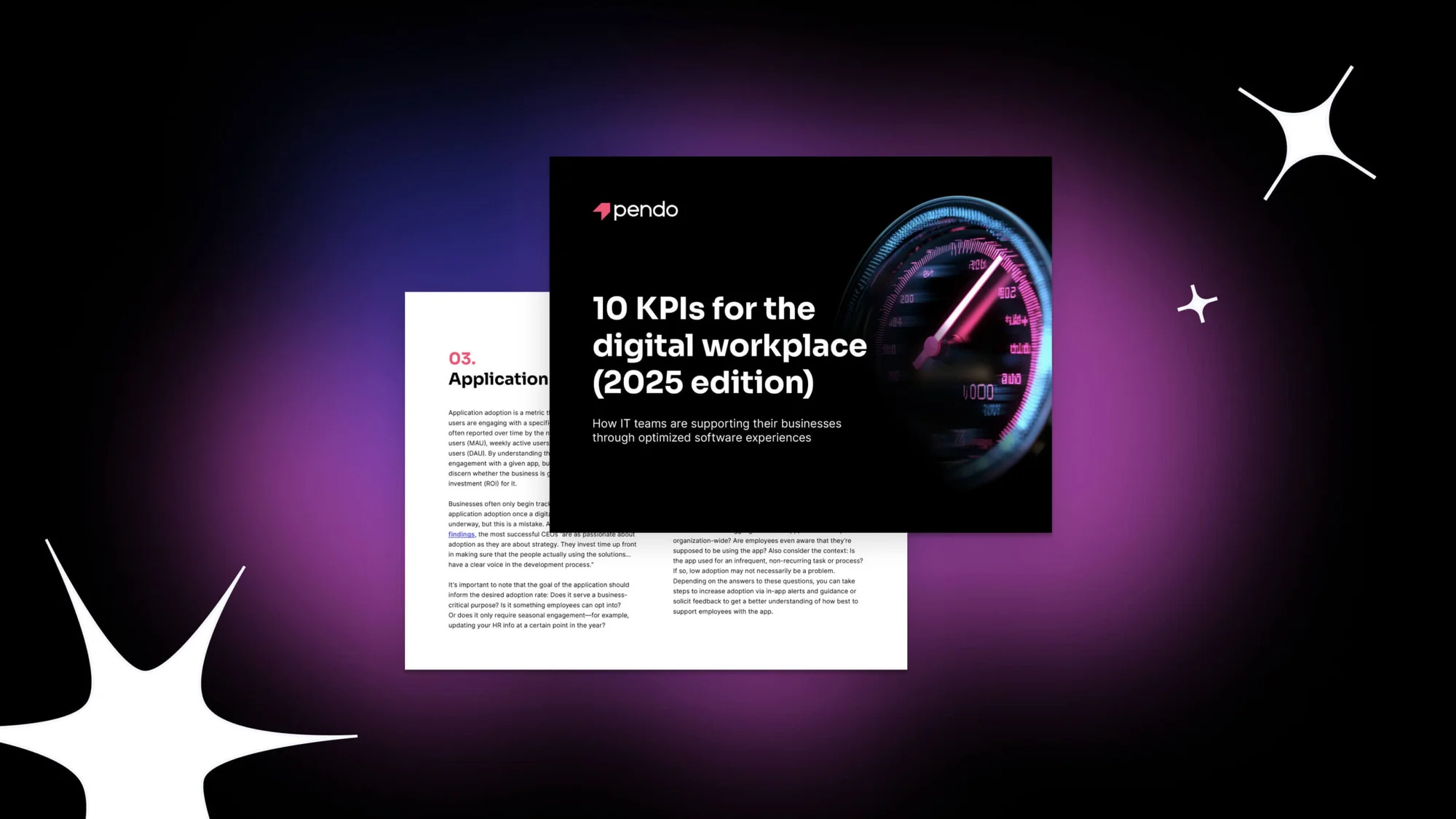There was a time when the primary operational goal for a product team was building and shipping new products and features. But that attitude is now a relic. Today, shipping code is a normal part of product leaders’ daily and weekly rhythm. You ship relatively small amounts of code all the time—sometimes daily—and that makes the moment feel a bit less celebratory. That doesn’t mean it’s any less consequential.
If you’re like most modern companies, software is the engine of your business. It’s how you innovate and differentiate. Shipping code is still magical and important, but the specific cause for your celebration needs to move downstream from the moment of delivery to the moments of adoption and delight. After all, what’s the point of building software in the first place? Nothing less than creating adoption and delight. In the absence of these things, what have you actually achieved? Exactly nothing.
Shifting to a product-led mindset
Product-led organizations launch products much more strategically today than they did in the past. That’s because the traditional approach to delivering products has changed. With software, we used to conceive the product, then engineer and build it, and then ship it to the end user as a serialized “waterfall” progression. But this approach was flawed, and it’s not hard to see why.
In the waterfall model, teams tended to bake way too many assumptions into the product up front, which made it difficult to iterate and change over time. That’s because updating software is often painful for many users. Teams would ship out big feature releases only then to spend days answering angry calls from customers complaining about the changes. Even when you do all the right launch communications and put out the right enablement for customers to help prepare them for the upcoming changes, some people may still freak out.
A more agile approach leads to more loyal customers
This also ties to renewal and customer loyalty. Take software subscriptions as an example. With the shift to subscription-based software licensing, many software products are purchased over and over again—sometimes as frequently as every month—as customers renew their subscriptions. Each and every renewal is contingent on customers perceiving and receiving ongoing value from your product, which means that each new product feature presents an opportunity for additive value—if customers are aware of and actively using it.
Unused features, however, can have an adverse effect. This is why product teams are increasingly focused on overall product adoption. Every piece of a product that isn’t used represents something a customer is paying for, but not realizing value from. Underuse lowers perceived value and ultimately a customer’s willingness to pay for a product.
A better way of launching products and features
In a perfect world, every feature is immediately and enthusiastically adopted by every customer. But in reality, that’s rarely the case. As we add customers and personas and our products become more feature rich, the way we launch and deliver products has to evolve. We also have to rethink the way we educate and enable users to use the things we launch.
Every product team wants to build features that provide value to customers, but doing so requires effective customer feedback, appropriate measurements, and an ability to drive awareness rapidly around new updates. But the way we educate and enable users has to evolve. You can’t just rely on shipping some documentation along with the software anymore. Customer education needs to be ingrained into the fabric of how you launch—if customers aren’t educated on a new feature, the launch shouldn’t be considered complete. You have to think differently about it. That’s why you may be greeted with a guided tour of new features when you open an app on your phone or a pop-up message when you hover over a new button.
How to shape your launch strategy
There’s no “one size fits all” way to announce features, but there are a couple considerations that can help to shape the strategy. The first one is relevance. Users are much more likely to respond to announcements that matter to them. Software applications—especially business software applications—have diverse user bases with different roles, maturity, and technical proficiency. Very few features are deeply relevant to all users. Therefore, if you take the in-app announcement approach, the communication should be tailored to the most appropriate user segments. Whether a new feature is relevant to prospective customers in addition to the current user base can also shape the announcement strategy.
The second consideration is desired action. What should users do upon reading the announcement? Try it out? Read documentation about how to use it? Provide feedback? The desired next action can also have an impact on the best way to announce a new feature or offering. Delivering feature announcements or promotions in the form of in-app modals or tooltips ensures that the announcement reaches users at a highly relevant time—the moment when they’re engaging with the product.
Interested in learning more about how to ensure strong product and feature adoption? Sign up for Pendo and Mind the Product’s Product-led Certification Course here.




